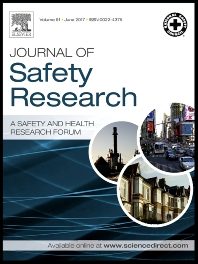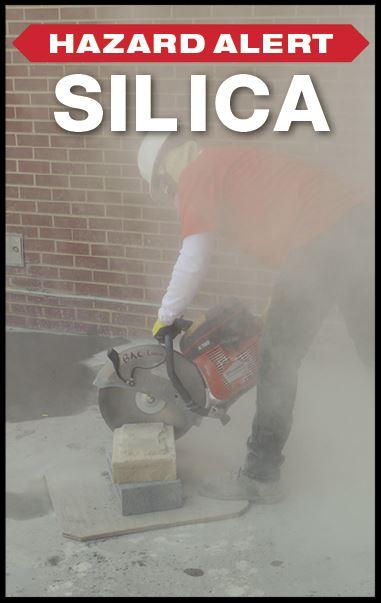|
CPWR UPDATE
|
October 2017
| |
From the Desk of Chris Trahan Cain, Executive Director
|
|
|
|
Study: Visits by Insurance Loss Prevention Representatives Linked to Fewer Jobsite Injuries
 Insurance loss prevention representatives often help contractors identify ways to improve workplace safety. A CPWR-supported research team at the University of Minnesota recently analyzed data from 1,360 construction-industry policyholders to see if visits by a loss prevention representative reduced lost-time injuries. The research team found a significant reduction after just a single visit, and more contacts showed even greater benefits. Insurance loss prevention representatives often help contractors identify ways to improve workplace safety. A CPWR-supported research team at the University of Minnesota recently analyzed data from 1,360 construction-industry policyholders to see if visits by a loss prevention representative reduced lost-time injuries. The research team found a significant reduction after just a single visit, and more contacts showed even greater benefits.Keeping workers from getting hurt is the ultimate goal, but we often hear that the industry needs a business case before trying new things. This study proves that injury prevention activities can reduce the lost-time injuries that generate costly injury claims. CLICK HERE for a one-page summary of Workers compensation loss prevention representative contact and risk of lost-time injury in construction policyholders. The complete article is available for free download from the Journal of Safety Research.
|
|
 TOOLS FOR SAFETY AND HEALTH TOOLS FOR SAFETY AND HEALTH
Tools to comply with the new silica standard
CPWR's Work Safely with Silica website is a one-stop source for information on silica hazards in construction and free resources to help you comply with the new standard. The site includes an easy-to-use planning tool, Create-a-Plan. This planning tool guides users through creating the silica exposure control plan required by the standard, and offers options for saving, editing, and sharing plans. The website also provides quick access to OSHA compliance information and a large collection of training resources, including CPWR's Silica Hazard Alert card (right).
|
RESEARCH NEWS
Using Bluetooth Low-Energy technology to prevent struck-by injuries
Struck-by injuries are one of construction's "fatal four" leading causes of death on the job; collisions between heavy equipment and workers on a busy jobsite are all too frequent. A CPWR-supported research team designed and field-tested a proximity sensing and alert system using Bluetooth Low Energy (BLE) technology that would warn both equipment operators and workers on the ground of impending collision hazards. CLICK HERE for a one-page summary of Improving dynamic proximity sensing and processing for smart work-zone safety. The full study is also available online as a CPWR Report.
|
Oct. 18 @ 1 pm ET (1 hour). Protecting Workers in Enclosed Cabs from Silica Exposure: Leveraging Research from the Mining Industry. Presented by Joe Coble and Patricia Downs, OSHA's Directorate of Standards & Guidance, and Andy Cecala, NIOSH Mining Division. This webinar will discuss requirements under Table 1 of the new silica standard for enclosed cabs and how research conducted for the mining industry can be applied in the construction industry to reduce exposures. The webinar will last approximately 1 hour including time for Q&A. CLICK TO REGISTER
|
Carbide-tipped bit wear patterns and productivity with concrete drilling. Lucia Botti, Cristina Mora, Andrea Antonucci, Paul Carty, Alan Barr, and David Rempel, 2017. Wear
The effects of bit wear on respirable silica dust, noise and productivity: A hammer drill bench study. Paul Carty, Michael R Cooper, Alan Barr, Richard Neitzel, John Balmes, and David Rempel, 2017. Annals of Work Exposures and Health
|
Sharp drill bits decrease hazardous exposures during concrete drilling, researchers say, Safety + Health
Avoid an ER visit due to a nail gun accident, ISHN
BAC member surveys show safety & health progress on member priorities, BAC Journal
|
|
|
|